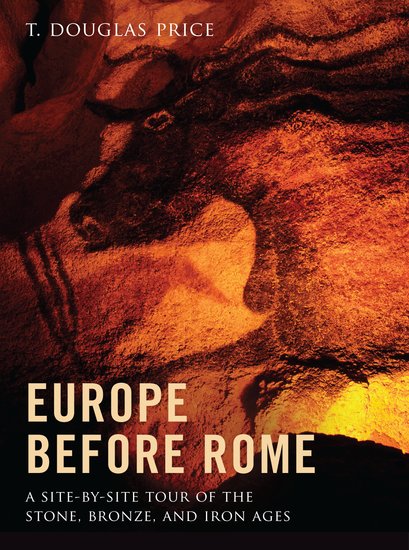By T. Douglas Price
Science works in mysterious ways. Sometimes that’s even truer in the study of the origins of the human race.
Piltdown is a small village south of London where the skull of a reputed ancient human ancestor turned up in some gravel diggings a century ago. The find was made by Charles Dawson, a lawyer and amateur archaeologist, with an unusual knack for major discoveries. Shortly thereafter a lower jaw that fit the skull turned up and, voilá — the missing link between the apes and man had been found in the British Isles.
The Manchester Guardian headlined “The earliest man? Remarkable discovery in Sussex. A skull millions of years old.” The find was widely regarded as the most important of its time. The discovery of Piltdown Man made Europe, and especially Great Britain, the home of the “first humans”. The find fit the expectations of the time and resolved certain racist and nationalist biases against evidence for human ancestry elsewhere. Early humans had large brains and originated in Europe.

For 40 years this Piltdown Man was generally accepted as an important ancestor of the human race. Various authorities raised doubt and critiqued the evidence, but Piltdown kept its place in our early lineage until a curator at the British Museum, Kenneth Oakley, took a closer look. Oakley and several other scientists assembled incontrovertible evidence to the show that Piltdown was a forgery. The chemistry of the jaw and skull were different and could not have come from the same individual. The teeth of the lower jaw had been filed down to make them fit with the skull. The skull was human but the jaw came from an ape. The bones had been stained to enhance the appearance of antiquity. In 1953, Time magazine published this evidence gathered by Oakley and others. Piltdown was stricken from the record and placed in ignominy, a testimony to the gullibility of those scientists who see what they want to see.
Hoax, fraud, crime? Perhaps the designation is not so important, but the identity of the perpetrator appears to be. More than 100 books and articles have been written over the years, trying to solve the mystery of who forged Piltdown. Various individuals have been implicated, but the pointing finger of justice always returns to Charles Dawson. Dawson’s knack for finding strange and unusual things was more than just luck. His sense of intuition was fortified by a home workshop for constructing or modifying these finds before he put them in the ground. A recent book by Miles Russell, The Piltdown Man Hoax: Case Closed, documents Dawson’s numerous other archaeological and paleontological “discoveries” that have been revealed as forgeries. As Russell noted, the case is closed. That fact, however, is not keeping British scientists from throwing a good bit of money and energy into the whodunit, using the latest scientific technology to try to unmask the culprit.
So, 100 years of Piltdown. Not exactly a cause for celebration — or is it? Science does work in mysterious ways. Although Piltdown misled the pursuit of our early human ancestors for decades, much good has come from the confusion. Greater care is exercised in the acceptance of evidence for early human ancestors. Scientific methods have moved to the forefront in the investigation of ancient human remains. The field of paleoanthropology — the study of early human behavior and evolution — has emerged wiser and stronger. The earliest human ancestors are now known to have come from Africa and begun to appear more than six million years ago. Evolution, after all, is about learning from our mistakes.
T. Douglas Price is Weinstein Professor of European Archaeology Emeritus at the University of Wisconsin-Madison. His books include Europe before Rome: A Site-by-Site Tour of the Stone, Bronze, and Iron Ages; Principles of Archaeology; Europe’s First Farmers; and the leading introductory textbook in the discipline, Images of the Past.
Subscribe to the OUPblog via email or RSS.
Subscribe to only history articles on the OUPblog via email or RSS.




Recent Comments
There are currently no comments.